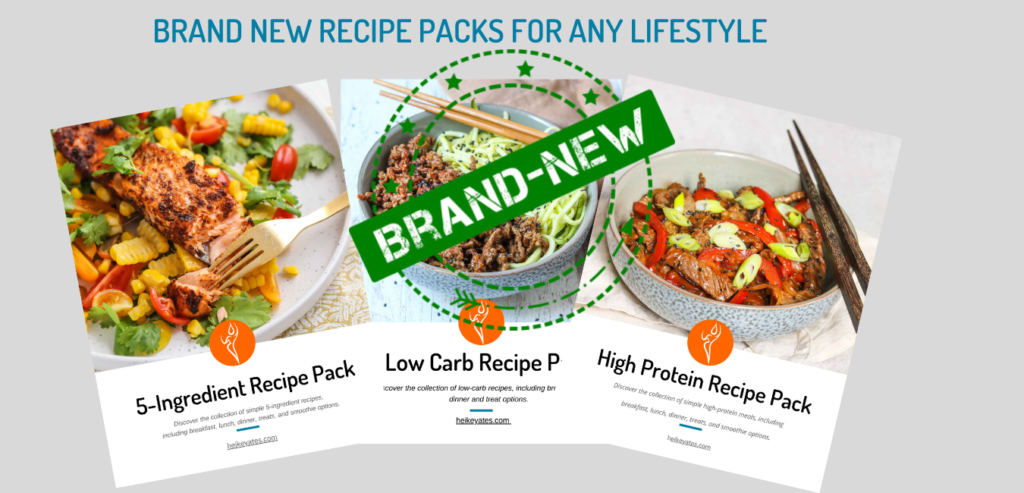It’s time to make some nutritional changes to boost your energy. Magnesium plays a significant role in overall health and is essential for healthy living. Find out why you need to boost your magnesium intake in midlife and how to do that with natural foods.
I don’t know anyone who isn’t’ Vitamin D deficient, including me. Every time I go to my doctor, they encourage me to take higher levels of Vitamin D, but nobody wonders why my levels are so low. Nobody has asked me: “Are you getting enough magnesium?” I am a triathlete and outdoors many hours during my training absorbing Vitamin D from the sun. I eat healthy, well-balanced meals and take a supplement, but it’s still not enough.
Why do I mention Vitamin D? Because we need adequate levels of magnesium in the body for the absorption and metabolism of not only Vitamin D but calcium too.
How Do We Know We Lack Magnesium
A magnesium deficiency is not always easy to diagnose because symptoms may not appear until levels are significantly low. If someone is not consuming enough magnesium through their diet or has a medical condition that prevents them from absorbing this mineral properly, they may develop a deficiency. The symptoms of a magnesium deficiency can vary, but they may include:
- Fatigue or weakness
- Loss of appetite
- Nausea and vomiting
- Numbness or tingling
- Muscle cramps or contractions
- Seizures
- Personality changes
- Abnormal heart rhythms
If you suspect a magnesium deficiency, speaking with a healthcare provider is important. They may suggest dietary changes or supplements to help you reach your recommended daily intake. Keep in mind that magnesium can also be found in many foods, including nuts, seeds, whole grains, beans, leafy green vegetables, and more.
Moreover, some specific medical conditions, medications, and lifestyles can affect magnesium absorption and retention, such as gastrointestinal disorders, type 2 diabetes, alcohol dependence, and older age.
However, it’s also essential to note that too much magnesium can cause health problems, including diarrhea, nausea, abdominal cramping, and more severe complications at very high doses.

Why You Need To Boost Your Magnesium Intake In Midlife
Benefits of magnesium in midlife
Magnesium is the fourth most abundant mineral in the body after calcium, potassium, and sodium. Magnesium helps with the absorption of calcium to keep bones and teeth healthy. It assists in proper muscle, nerve, and heart function and regulates blood glucose, blood pressure, stress, and energy levels.
Bone loss in women occurs fastest in the first few years after menopause, but bone loss continues. A recent study involving 82,098 women aged 39 to 72 years revealed that those with the highest magnesium intake had the most healthy bones and muscles.
On the other hand, low levels of magnesium in the brain are linked to imbalances of serotonin (the happy hormone) and other brain chemicals, creating fluctuating moods, depression, anxiety, and irritability.
How much magnesium do we need?
According to the National Institutes of Health (NIH), the recommended amount of magnesium is 400-420 milligrams daily for men and 310-320 mg daily for women. The benefits of magnesium are incredible,e and we can increase our intake by eating foods high in magnesium.
What Foods Are High In Magnesium
Almonds, bananas, beans, broccoli, brown rice, cashews, egg yolk, fish oil, flaxseed, green vegetables, milk, mushrooms, other nuts, oatmeal, pumpkin seeds, hemp seeds, sesame seeds, soybeans, sunflower seeds, sweet corn, tofu, whole grains, and dark chocolate.
I love pumpkin seeds. They are not only tasty but versatile, and 2 tablespoons contain 96 mg of magnesium, which is about 25% of the RDA. Combine pumpkin seeds with almonds, sunflower seeds, cashews, pine nuts, flaxseed, and pecan makes for a great trail mix for a snack on the go. This little mix keeps your hunger down and your energy up. Watch your portions because nuts are higher in calories too.
Not sure if you are getting enough magnesium? Here is a free tool to help you determine if you get enough magnesium!

Pingback: PYS #38: Beginner's Guide To Intermittent Fasting - Pursue Your Spark by Heike Yates
Heike,
This was so informative! I knew magnesium was important but I didn’t realize all of the benefits. I do eat quite a few almonds! It’s amazing to me the impact that food has on our moods and energy levels.
xo,
Kellyann
Such an important and overlooked mineral! Glad I could help.
My recent bone density scans were not as good as the doctor would like so this information is good for me. The good news is that I’m already eating many of the items high in magnesium. Now I must determine if I’m eating enough of those! Thank you for the guidelines.
LeAna,
you are more than welcome. Maybe this free tool will help you determine if you are getting enough https://heikeyates.com/wp-content/uploads/2019/02/bnp-magnesium-evaluation-final-nov-2018.pdf
Great info. Heike! Because we live in a place where it’s wet and rainy most of the year and sun is kind of rare, Vitamin D deficiencies are common. A caveat I learned about Vitamin D: too much has some unpleasant side effects, like stomach pain and constipation. Proper amounts are key!
Kristine, I think all Vitamins need to be in balance and Vitamin D and Magnesium in mega amounts cause side effects. I agree proper dosage is super important.
I drink a magnesium supplement before bedtime. It seems to help me sleep better.
Andy, that is good to know thanks for sharing.
Comments are closed.